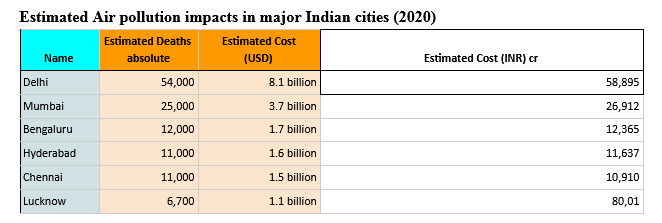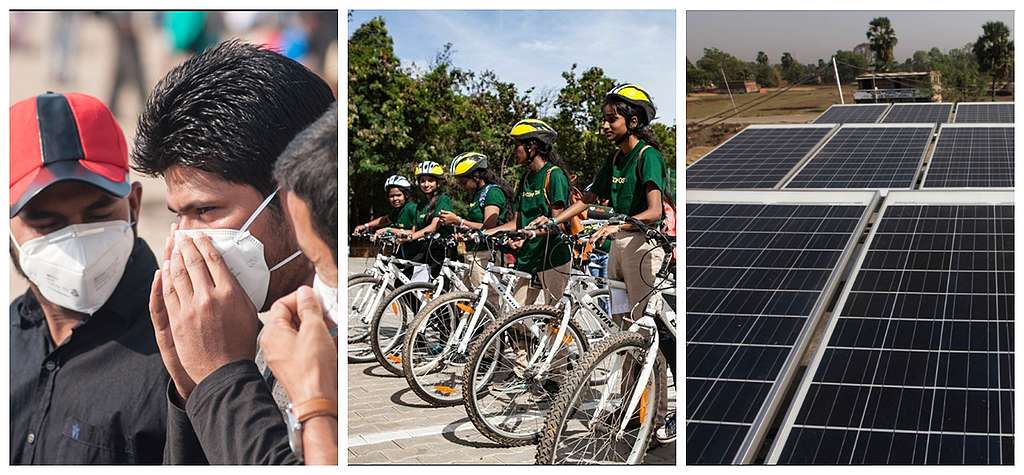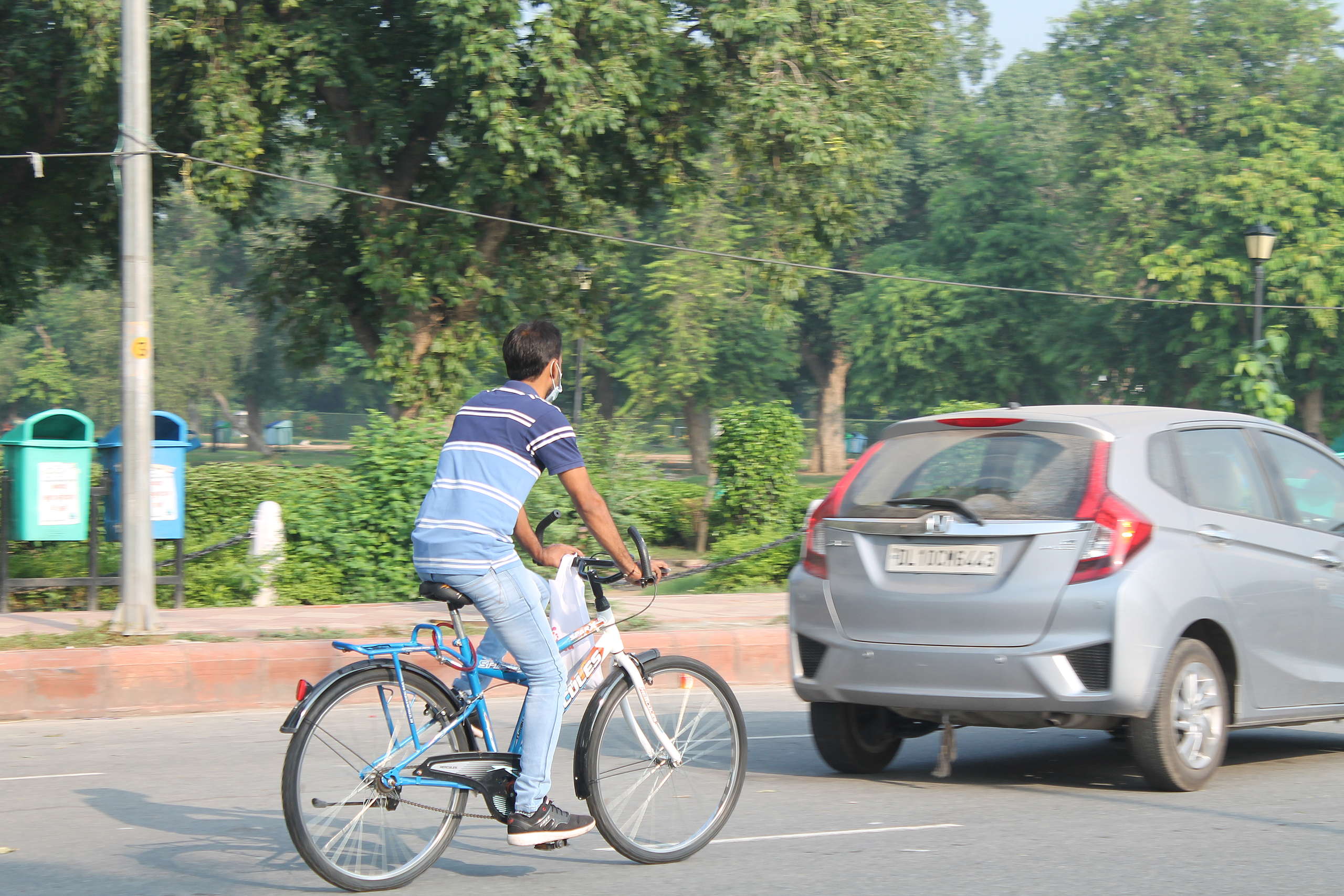As air quality monitoring improves, it is increasingly difficult for coal, oil and car companies to hide the real cost of fossil fuels. We deserve to know the invisible impact of air pollution on our cities and our health.
Greenpeace Southeast Asia and IQAir AirVisual have created a tool that uses live air quality data to track the health impact and economic cost of air pollution in real time.
In 2020, PM2.5 air pollution was responsible for the loss of an estimated 160,000 lives in the world’s five most populous cities and a combined economic cost in these cities of US$85 billion.
Estimated air pollution impacts in India’s six most populous cities in 2020.

The World Health Organization (WHO) estimates that air pollution is linked to approximately 7 million deaths worldwide every year. The toxic air that we breathe increases our risk of stroke, heart disease, lung cancer, asthma and affects nearly every organ in our bodies.
Air pollution also takes a steep financial toll. A February 2020 Greenpeace Southeast Asia report estimates that air pollution from fossil fuels sources alone costs the world US$8 billion every day, or a staggering 3.3% of global GDP.
We need a green recovery
The good news is that air pollution is a problem that we know how to solve and doing so is more feasible than ever.
Renewable energy sources such as wind and solar are now cheaper than polluting fossil fuels in most parts of the world, even before taking the cost of air pollution into account.
Research shows that investment in clean air programs can yield returns of 30 times or higher. In addition, accessible, clean energy powered public transport systems not only bring health savings due to reduced smog, but also increase mobility.
We need clean energy and transport, both for our health and our economies. As governments look to rebuild amid the COVID-19 pandemic, they must ensure that we build back in a way that is good for the economy and safe for our lungs.

Methodology
The Cost Estimator uses live ground-level air quality measurements from IQAir AirVisual’s database. Researchers developed an algorithm which combines this data with scientific risk models, as well as population and public health data to estimate the cost of PM2.5 air pollution.
Mortality and cost estimates are based on the total impact attributable to PM2.5 over a full year. Daily figures are calculated by apportioning the annual costs day by day according to each day’s recorded pollutant levels.
The counter builds on methodology from the Greenpeace Southeast Asia and Centre for Research on Energy and Clean Air (CREA) report Toxic Air: The Price of Fossil Fuels, which compiled the latest scientific results on exposure-response relationships between air pollution and health outcomes, as well as the economic costs of health conditions that were linked to air pollution in scientific literature. More information on the methodology is available here .

